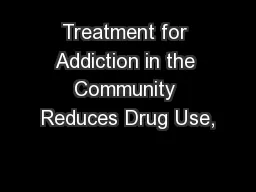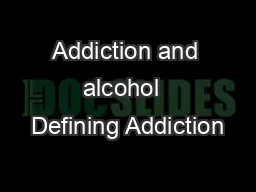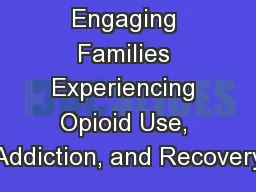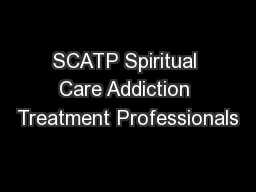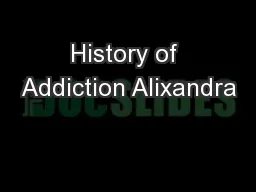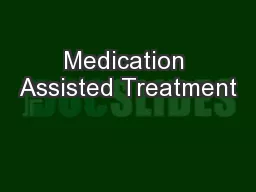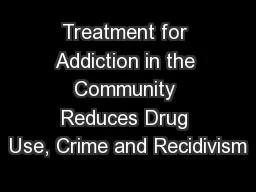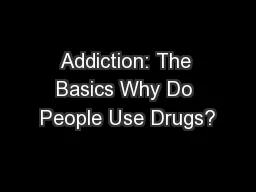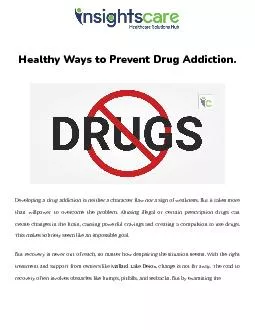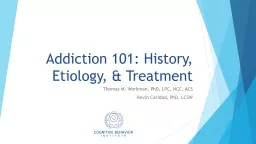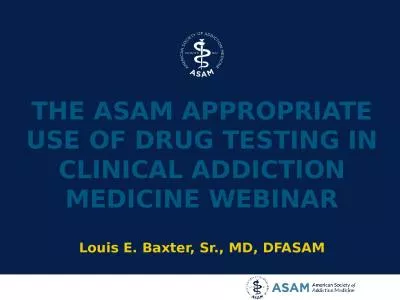PPT-Treatment for Addiction in the Community Reduces Drug Use,
Author : jane-oiler | Published Date : 2017-09-18
Richard A Rawson PhD Professor Semel Institute for Neuroscience and Human Behavior David Geffen School of Medicine University of California at Los Angeles wwwuclaisaporg
Presentation Embed Code
Download Presentation
Download Presentation The PPT/PDF document "Treatment for Addiction in the Community..." is the property of its rightful owner. Permission is granted to download and print the materials on this website for personal, non-commercial use only, and to display it on your personal computer provided you do not modify the materials and that you retain all copyright notices contained in the materials. By downloading content from our website, you accept the terms of this agreement.
Treatment for Addiction in the Community Reduces Drug Use,: Transcript
Download Rules Of Document
"Treatment for Addiction in the Community Reduces Drug Use,"The content belongs to its owner. You may download and print it for personal use, without modification, and keep all copyright notices. By downloading, you agree to these terms.
Related Documents

